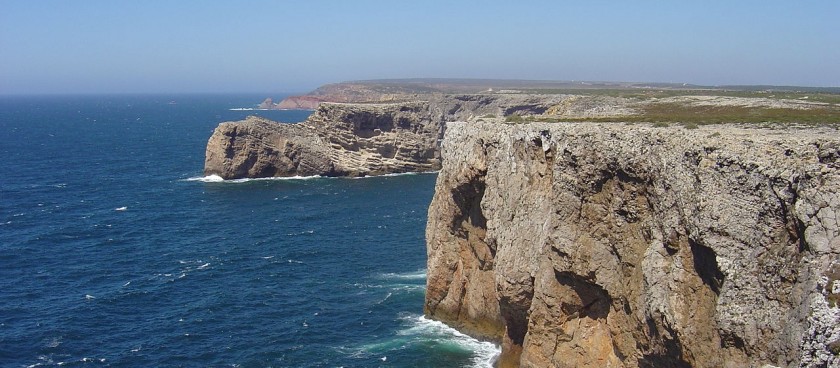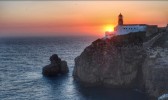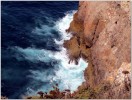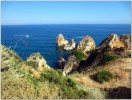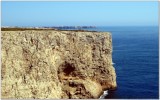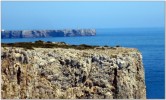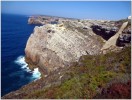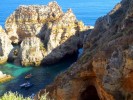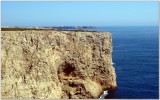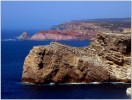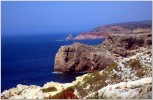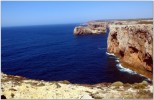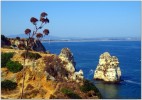-
#Beaches , #Family time
“Here, where the land ends, and the sea begins,” the famous Portuguese poet Luis de Camões said, however, about another cape, located not far from Lisbon, Cape Roca (Cabo da Roca). But with complete confidence, I can say these words about Cape St. Vincent. By the way, the lighthouse here is one of the most powerful in the world! Its light is visible 90 km away. For a trip to the cape, it is better to dress warmly, even in the heat, the wind blows through here!
Cape St. Vicente (Cabo de São Vicente), the extreme southwestern point of Europe, is the main attraction of the Portuguese province of the Algarve. There are always a lot of tourists here. They photographed, carelessly approaching the cliff itself - "here I am, at the end of the world!" One is like the bow of a ship, the other is like a protruding tongue, and altogether is like a clawed stone paw that wants to reach the horizon. What's in there? In the south - Africa, in the west - America, any student will answer you.
Since then, when Cape St. Vicente was the border of the inhabited world for Europeans. They did not know Africa(except for the northern part of the mainland).
A little more than five centuries have passed. For our planet is one instant. The picturesque cliffs that tourists photograph today have not changed. Still, people's ideas about the geography of the Earth have changed dramatically.
The second half of the 15th century is considered the beginning of great geographical discoveries: they follow one after the other as if someone had prepared the triumph of navigation in advance. And indeed it is! It is difficult to say how much later Europe would have learned that there are other lands beyond the immeasurable water desert. If not for a man whose name is unknown to everyone - the Portuguese Infant Enrique (Henry) the Navigator (Infante Dom Henrique o Navigator). Just as in cinema, the audience's love goes to famous actors. The director, the true inspirer and organizer of the action, often remains in the shadows. In the history of navigation, the names of legendary discoverers are heard. Everyone has heard of Vasco da Gama, Columbus, Magellan, and Enrique the Navigator? He made only three close voyages during his life and did not find any new lands. Nevertheless, Enrique, the Navigator, has rightfully earned his honorary title.
Infante Enrique (1394-1460), the third son of King John I of Portugal and Philip of Lancaster, distinguished himself in his youth in capturing the North African port of Ceuta. (this sea voyage in 1415 marked the beginning of Portuguese expansion in North Africa). After the Seut campaign, the Infante had no shortage of tempting military and diplomatic career offers. However, the descendant of the Portuguese and nephew of the English kings retired into the wilderness, to the very south of Portugal, becoming governor of the province of the Algarve, one after the other equips the sea expeditions. To penetrate from the sea to the west coast of Africa, if you are lucky - to find a sea route to the East, to India. Where is an abundance of what is valued in Europe for its weight in gold - spices. The Infante Enrique seemed to foresee the future. After the Ottoman Turks defeated Byzantium in the middle of the 15th century, the land was closed for Europeans to the East.
